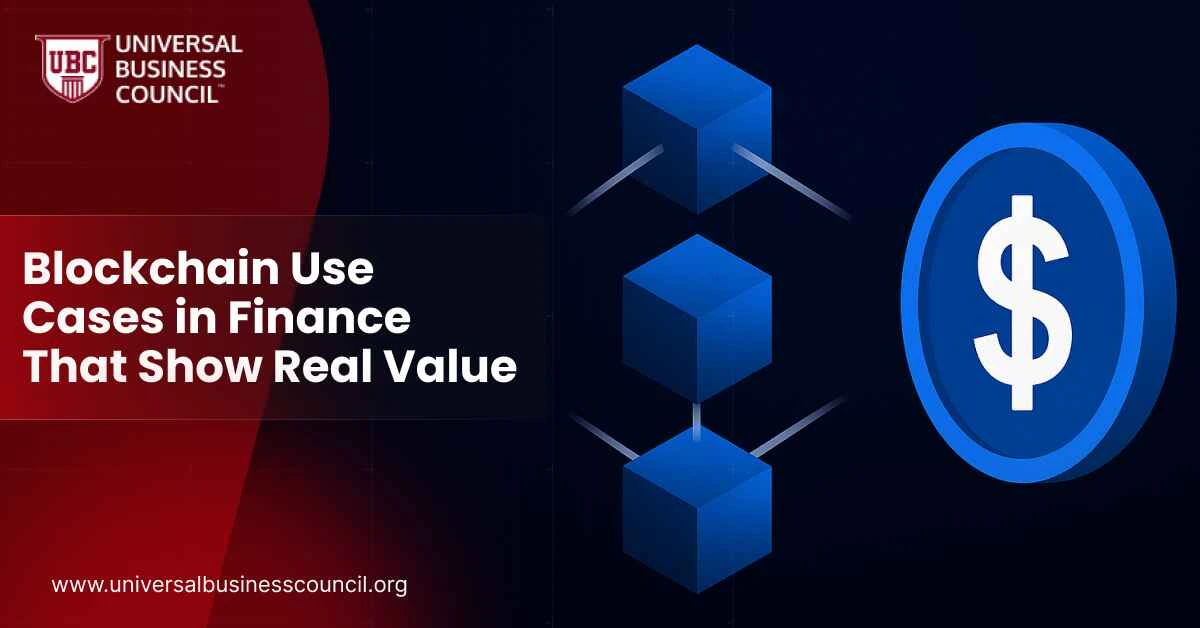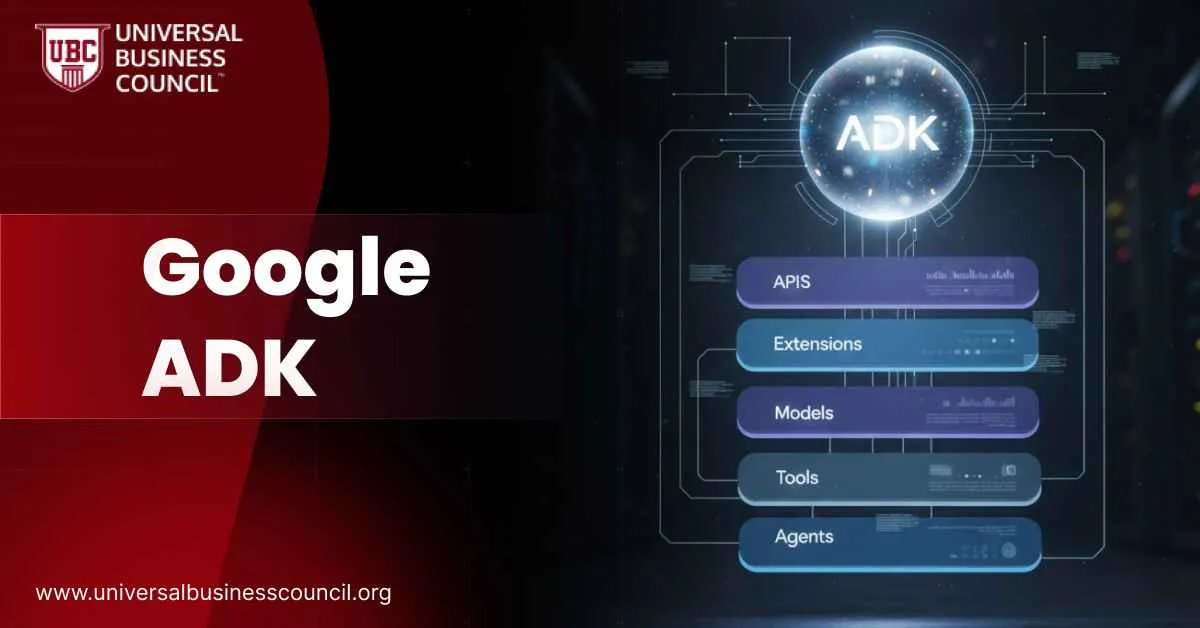
Cross-Border Payments
Traditional cross-border transfers are slow and expensive. They go through multiple banks and charge high fees. Blockchain simplifies this. It allows real-time settlement without intermediaries. Projects like JPMorgan’s Onyx and RippleNet are already processing billions in international transfers using blockchain. With blockchain, banks save money and customers get their funds faster.Tokenization of Assets
Tokenization means turning physical or financial assets into digital tokens. These tokens can represent real estate, stocks, gold, or even fine art. Why does this matter? Tokenized assets can be traded 24/7, fractionalized, and settled instantly. That adds liquidity and cuts costs. Platforms like Canton Network and Goldman Sachs’ Digital Asset Platform are using tokenization to simplify bond issuance, reduce errors, and make transactions faster.Stablecoins for Everyday Transactions
Stablecoins are digital currencies tied to a stable asset like the U.S. dollar. They combine the benefits of crypto (speed, low cost) with the stability of fiat. Financial institutions now use stablecoins for settlement, payroll, and e-commerce. Companies like Circle (USDC) and Tether (USDT) are leading the way. Even Mastercard is exploring stablecoin payments through pilot programs with Web3 firms.Trade Finance Automation
Trade finance involves a lot of paperwork and delays. Blockchain changes that with smart contracts that automatically execute payments once goods are delivered. Projects like Marco Polo Network and Contour help banks, importers, and exporters complete deals with better speed and less fraud. It also gives real-time visibility to all parties involved in global trade.Smart Bonds and Digital Securities
A smart bond is a programmable financial instrument issued and managed on a blockchain. Instead of manual paperwork, the bond terms are coded into smart contracts. This reduces time and cost, and improves transparency. In 2023, Al Hilal Bank executed a $500M Sukuk bond using blockchain, showing how even regulated Islamic finance can benefit.Central Bank Digital Currencies (CBDCs)
Many governments are building digital versions of their currency. These are called CBDCs. Unlike crypto, CBDCs are legal tender, backed by central banks. They make payments faster, reduce fraud, and can be used offline. India’s Digital Rupee is being tested for retail and wholesale use. Other countries like China and Nigeria are already ahead.Decentralized Finance (DeFi)
DeFi platforms allow people to lend, borrow, and invest without traditional banks. These platforms run on smart contracts. Examples like Aave and Compound let users earn interest, take loans, and trade assets—24/7, without middlemen. For underbanked communities, DeFi is a way to access financial services without needing a bank account.Regulatory Compliance and Audit Trails
Blockchain makes it easier to track and report transactions. Once data is on-chain, it can’t be changed. This helps with compliance, internal auditing, and fraud detection. Smart contracts can even automate reporting for regulators. Companies using blockchain for auditing reduce manual errors and improve trust.Insurance Claims Processing
Insurance is full of delays. But with blockchain, claims can be verified and processed automatically using smart contracts. This speeds up payments, reduces fraud, and improves customer satisfaction. It’s already being tested in auto, travel, and health insurance sectors.Digital Identity for KYC
Banks spend millions on verifying customer identity. Blockchain-based digital ID allows users to share verified credentials instantly and securely. Projects like Civic and Sovrin let users control their data while still meeting KYC (Know Your Customer) rules. This cuts onboarding time and improves user privacy.Table 1: Real-World Blockchain Use Cases in Finance
| Use Case | Real Example | Value Delivered |
| Cross-border payments | JPMorgan Onyx, RippleNet | Faster settlement, lower fees |
| Asset tokenization | Canton Network, Goldman Sachs | More liquidity, faster clearing |
| Stablecoin settlement | USDC, Mastercard pilots | Instant transactions, low volatility |
| Smart bond issuance | Al Hilal Bank | Automated bonds, reduced paperwork |
| CBDC rollout | India Digital Rupee, e-CNY | Secure, programmable payments |
| DeFi lending and borrowing | Aave, Compound | Open access, no intermediaries |
| Trade finance automation | Marco Polo Network | Faster logistics, fewer errors |
| Insurance claims | ConsenSys Quorum for Insurtech | Instant claims processing |
| KYC via digital ID | Civic, Sovrin | Faster onboarding, user-controlled data |
| On-chain compliance | Chainalysis tools | Automated reporting and tracking |
Table 2: Which Blockchain Use Case Fits Your Financial Goals?
| Goal | Use Case to Explore |
| Speed up payments | Cross-border blockchain transfers |
| Improve liquidity | Tokenized stocks or bonds |
| Reduce fraud | On-chain identity and compliance |
| Reach underbanked customers | DeFi platforms |
| Streamline trade operations | Blockchain-based trade finance |
| Automate asset management | Smart contracts and digital bonds |
| Launch fintech tools | Stablecoins, CBDCs |



